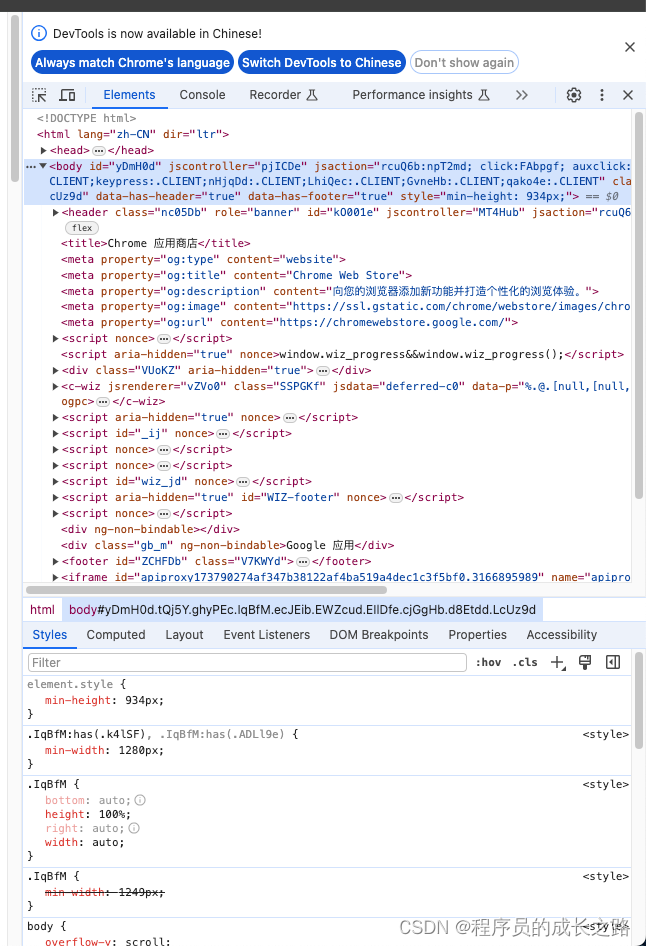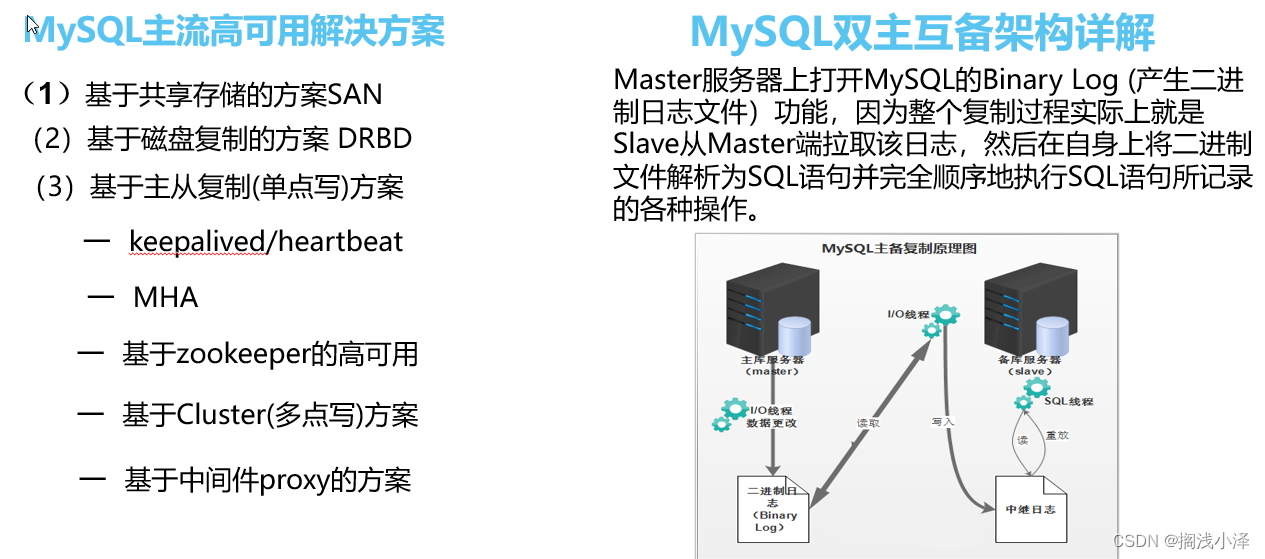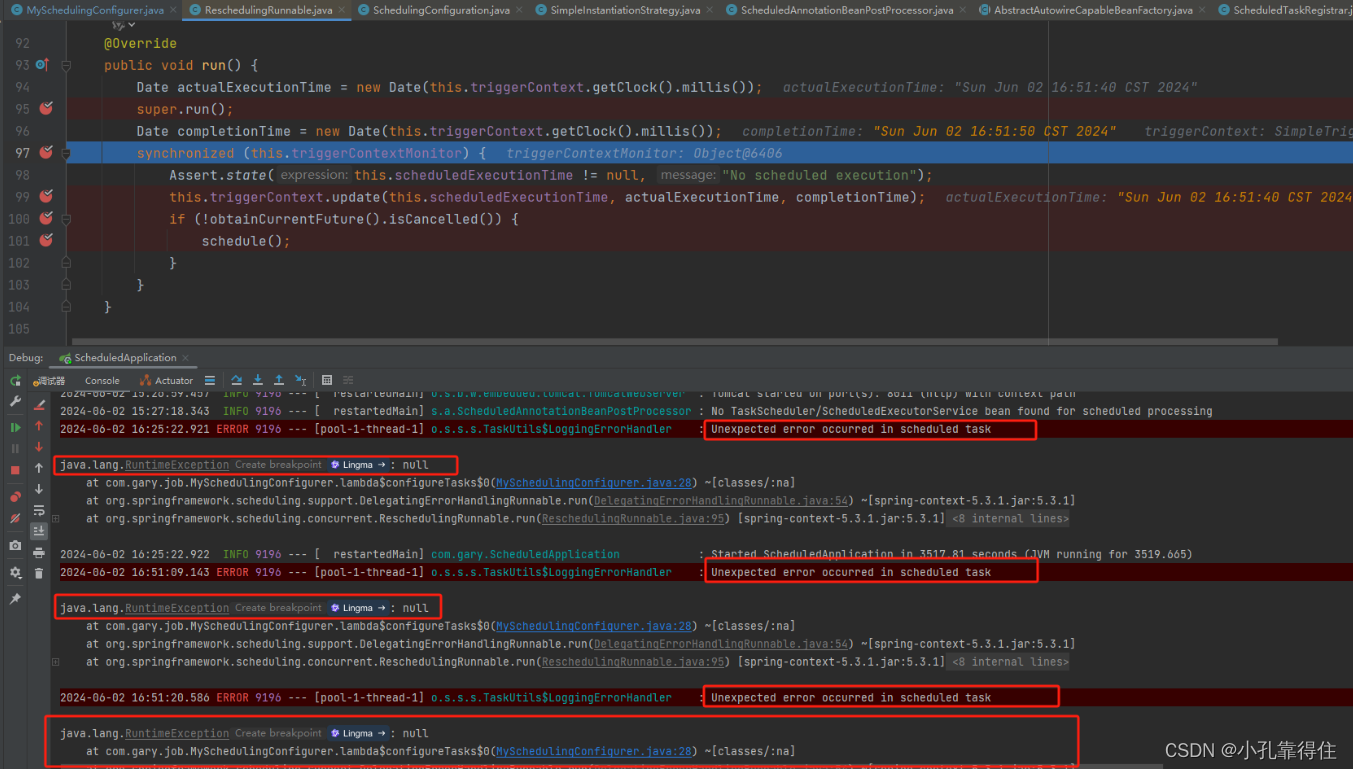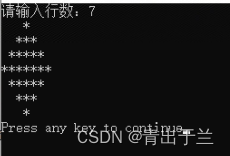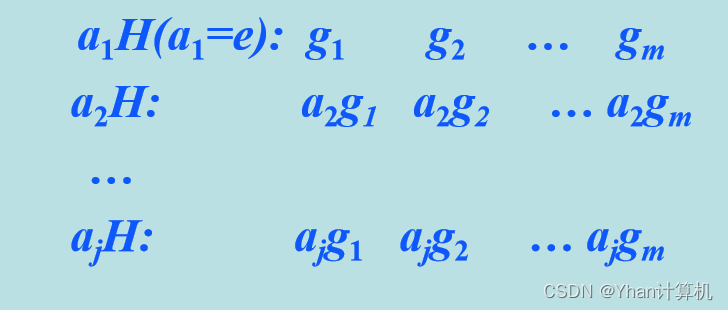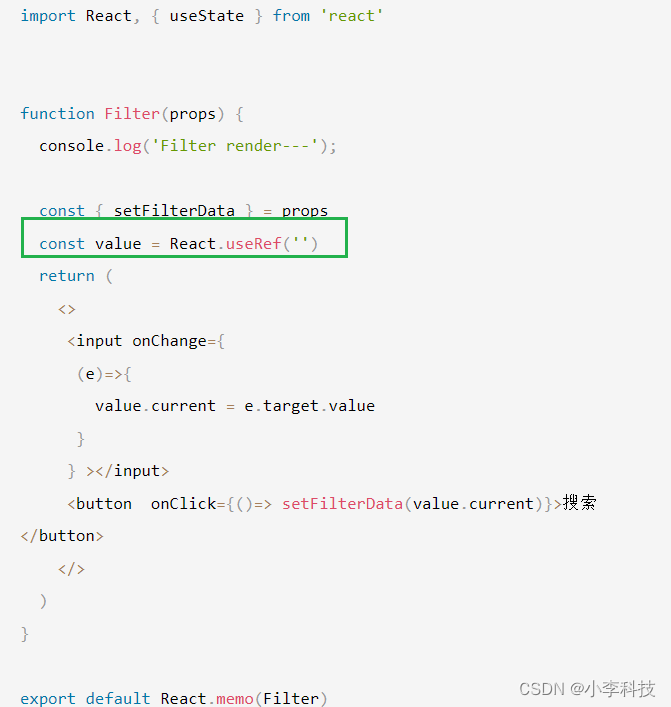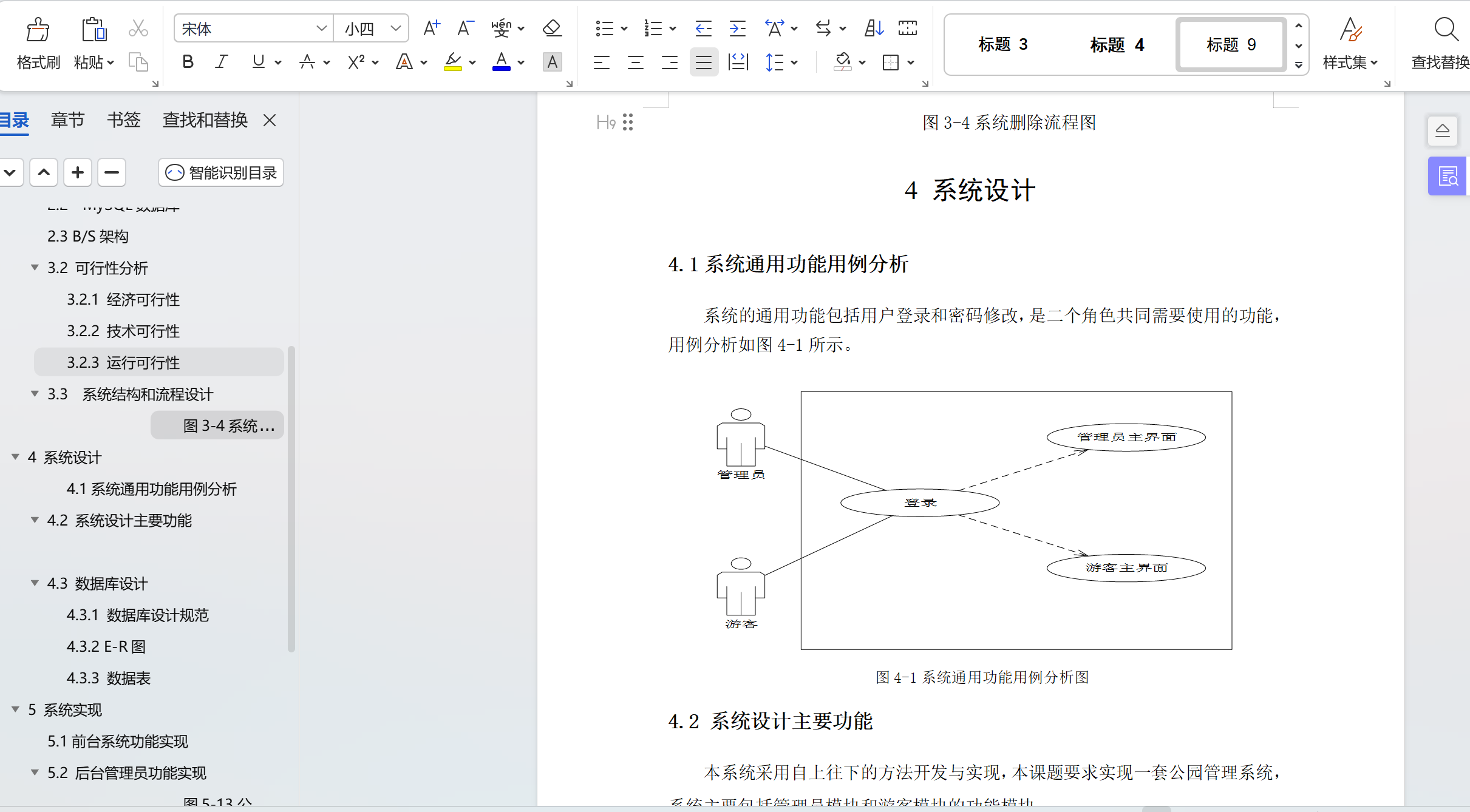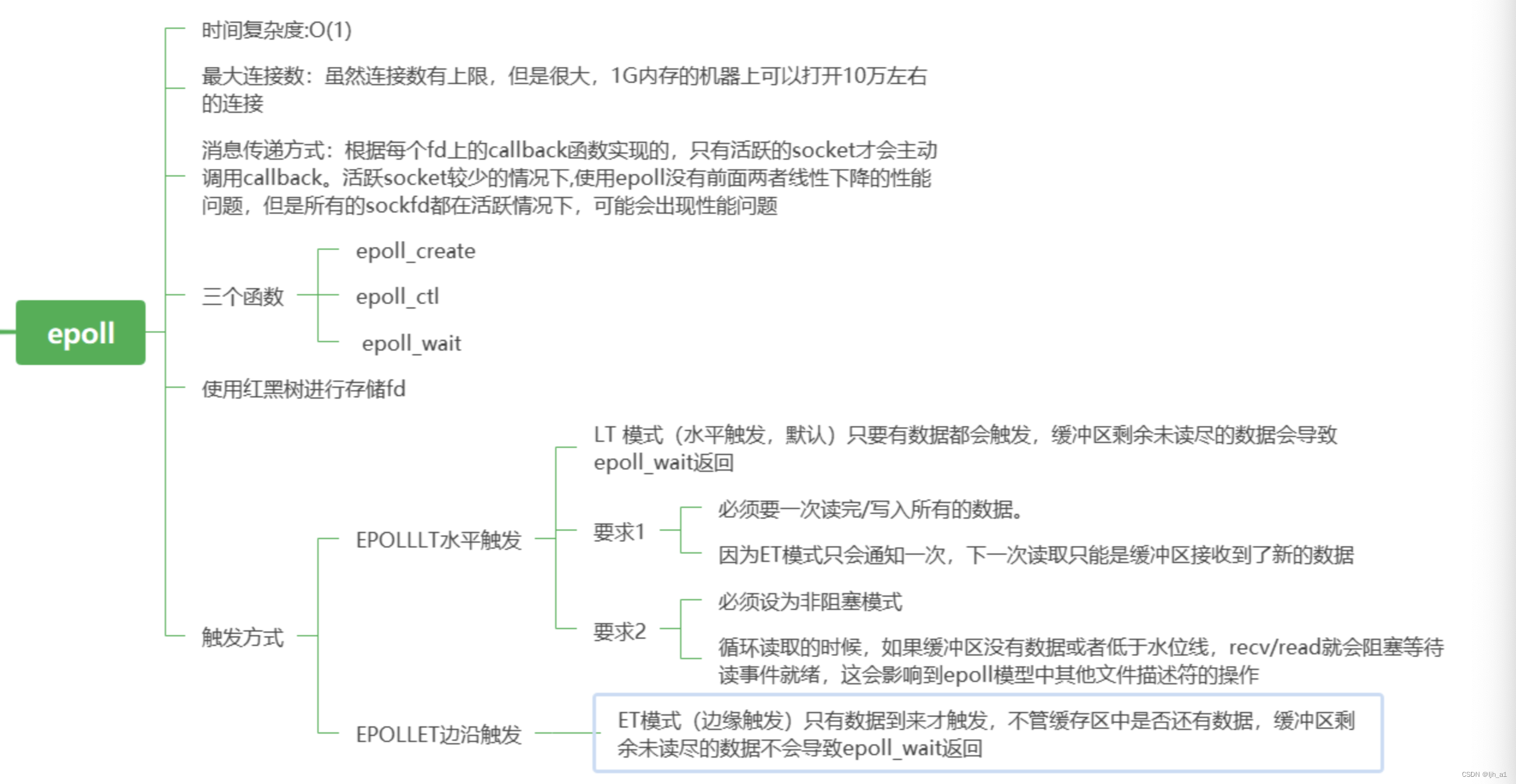The Linux driver implementer’s API guide — The Linux Kernel documentation
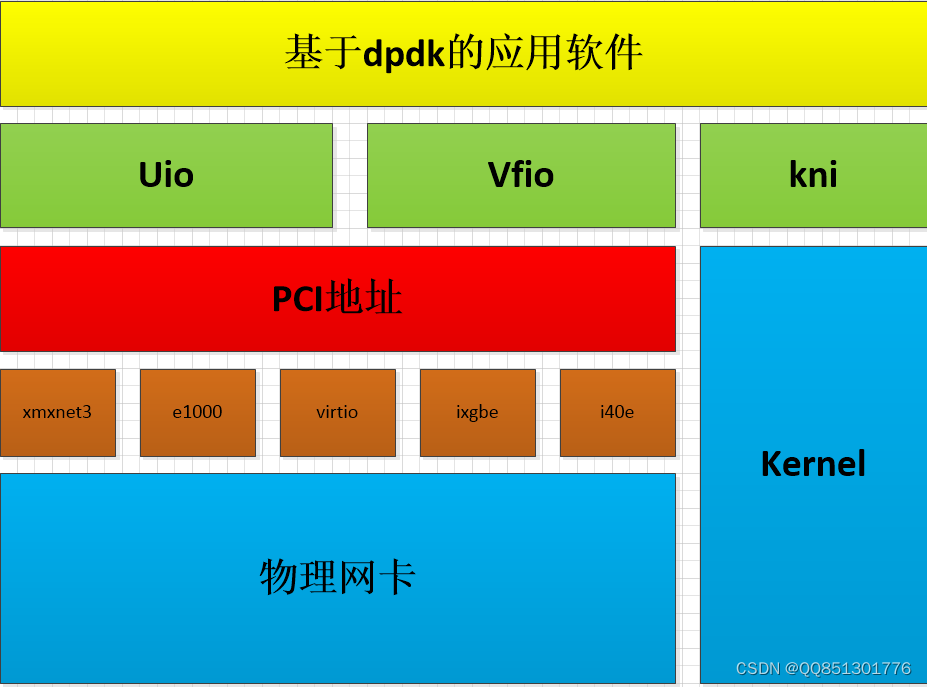
一、igb_uid驱动
参考博客:https://zhuanlan.zhihu.com/p/543217445
UIO(Userspace I/O)是运行在用户空间的I/O技术
代码位置:dpdk----/kernel/linux/igb_uio目录
igb_uio 是 dpdk 内部实现的将网卡映射到用户态的内核模块,它是 uio 模块的一个实例。
igb_uio 是一种 pci 驱动,将网卡绑定到 igb_uio 隔离了网卡的内核驱动,同时 igb_uio 完成网卡中断内核态初始化并将中断信号映射到用户态。
igb_uio 与 uio 模块密切相关,uio是一种字符设备驱动,在此驱动中注册了单独的 file_operations 函数表,uio 设备可以看做是一种独立的设备类型。
1.数据结构
//dpdk定义的uio pci设备描述结构
struct rte_uio_pci_dev {
struct uio_info info; //uio 通用结构
struct pci_dev *pdev; //pci设备描述结构
enum rte_intr_mode mode; //中断模式
};
struct uio_info {
struct uio_device *uio_dev; //uio设备属于
const char *name; //名称
const char *version; //版本号
struct uio_mem mem[MAX_UIO_MAPS];//可映射的内存区域列表,size == 0表示列表结束
struct uio_port port[MAX_UIO_PORT_REGIONS]; //网口区域列表
long irq; //UIO_IRQ_CUSTOM 中断号
unsigned long irq_flags; //请求中断号的标志
void *priv; //可选的私有数据
irqreturn_t (*handler)(int irq, struct uio_info *dev_info); //中断信息处理
int (*mmap)(struct uio_info *info, struct vm_area_struct *vma);//内存映射操作
int (*open)(struct uio_info *info, struct inode *inode); //打开
int (*release)(struct uio_info *info, struct inode *inode); //释放
int (*irqcontrol)(struct uio_info *info, s32 irq_on); //中断控制操作 关闭/打开 当向/dev/uioX中写入值时
static struct pci_driver igbuio_pci_driver = {
.name = "igb_uio", //名称
//id_table 用来存储当前driver支持的所有设备的信息
//模块初始化时是没有设备的,设置需要通过脚本或者程序添加绑定
.id_table = NULL,
.probe = igbuio_pci_probe, //探测回调函数
.remove = igbuio_pci_remove, //删除回调函数
};
2. insmod igb_uio
//igb_uio初始化
static int __init
igbuio_pci_init_module(void)
{
int ret;
if (igbuio_kernel_is_locked_down()) {
pr_err("Not able to use module, kernel lock down is enabled\n");
return -EINVAL;
}
if (wc_activate != 0)
pr_info("wc_activate is set\n");
//配置insmod时传入的中断模式
ret = igbuio_config_intr_mode(intr_mode);
if (ret < 0)
return ret;
//注册pci设备,注册成功时,则调用igbuio_pci_probe开始探测
return pci_register_driver(&igbuio_pci_driver);
}
//insmod 的时候,执行此函数,但是驱动并未开始工作
module_init(igbuio_pci_init_module);在igb_uio注册后,会一直调用igbuio_pci_probe
3. igbuio_pci_probe
igbuio_pci_probe主要作用就是:探测网卡,探测到新网卡就进入了igb_uio的设备数组中。
#if LINUX_VERSION_CODE < KERNEL_VERSION(3, 8, 0)
static int __devinit
#else
static int
#endif
igbuio_pci_probe(struct pci_dev *dev, const struct pci_device_id *id)
{
struct rte_uio_pci_dev *udev;
dma_addr_t map_dma_addr;
void *map_addr;
int err;
#ifdef HAVE_PCI_IS_BRIDGE_API
if (pci_is_bridge(dev)) {
dev_warn(&dev->dev, "Ignoring PCI bridge device\n");
return -ENODEV;
}
#endif
//在内核空间分配
udev = kzalloc(sizeof(struct rte_uio_pci_dev), GFP_KERNEL);
if (!udev)
return -ENOMEM;
/*
* enable device: ask low-level code to enable I/O and
* memory
*/
//使能设备: 调用更底层的PCI代码使能设备的内存和I/O区域
err = pci_enable_device(dev);
if (err != 0) {
dev_err(&dev->dev, "Cannot enable PCI device\n");
goto fail_free;
}
/* 设备设置层DMA总线主模式 */
pci_set_master(dev);
/* remap IO memory */
//该函数的功能是将当前设备的所有PCI BAR的全部信息读取到
//struct uio_info结构体中,后续注册UIO设备时需要使用
err = igbuio_setup_bars(dev, &udev->info);
if (err != 0)
goto fail_release_iomem;
/* set 64-bit DMA mask */
//设置DMA模式
err = pci_set_dma_mask(dev, DMA_BIT_MASK(64));
if (err != 0) {
dev_err(&dev->dev, "Cannot set DMA mask\n");
goto fail_release_iomem;
}
//内存范围一致性的处理
err = pci_set_consistent_dma_mask(dev, DMA_BIT_MASK(64));
if (err != 0) {
dev_err(&dev->dev, "Cannot set consistent DMA mask\n");
goto fail_release_iomem;
}
/* fill uio infos */
udev->info.name = "igb_uio";
udev->info.version = "0.1";
udev->info.irqcontrol = igbuio_pci_irqcontrol;
udev->info.open = igbuio_pci_open;
udev->info.release = igbuio_pci_release;
udev->info.priv = udev;
udev->pdev = dev;
atomic_set(&udev->refcnt, 0);
err = sysfs_create_group(&dev->dev.kobj, &dev_attr_grp);
if (err != 0)
goto fail_release_iomem;
/* register uio driver */
//函数将当前设备注册为UIO设备
err = uio_register_device(&dev->dev, &udev->info);
if (err != 0)
goto fail_remove_group;
pci_set_drvdata(dev, udev);
/*
* Doing a harmless dma mapping for attaching the device to
* the iommu identity mapping if kernel boots with iommu=pt.
* Note this is not a problem if no IOMMU at all.
*/
map_addr = dma_alloc_coherent(&dev->dev, 1024, &map_dma_addr,
GFP_KERNEL);
if (map_addr)
memset(map_addr, 0, 1024);
if (!map_addr)
dev_info(&dev->dev, "dma mapping failed\n");
else {
dev_info(&dev->dev, "mapping 1K dma=%#llx host=%p\n",
(unsigned long long)map_dma_addr, map_addr);
dma_free_coherent(&dev->dev, 1024, map_addr, map_dma_addr);
dev_info(&dev->dev, "unmapping 1K dma=%#llx host=%p\n",
(unsigned long long)map_dma_addr, map_addr);
}
return 0;
fail_remove_group:
sysfs_remove_group(&dev->dev.kobj, &dev